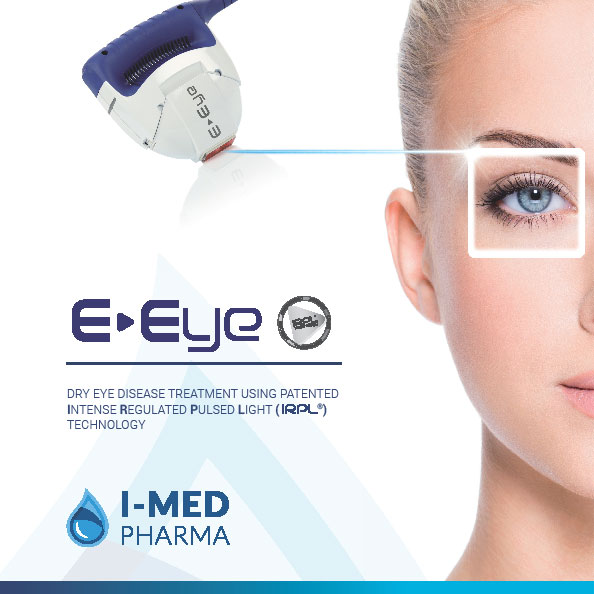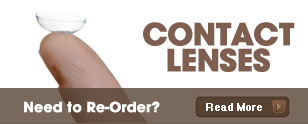Dry Eye
Ocular Surface Disease
What is ocular surface disease (dry eye)?
Your tears are required to give optimal vision, eye comfort, and provide an immune barrier. When anomalies occur in any of the three layers that make up your tear film you can develop dry eye syndrome. Your vision can fluctuate, eyes can burn, itch, turn red and water excessively. Causes can stem from an abundance of screen time, environmental factors, refractive or cataract surgeries, to eyelid misalignment. Subtypes include evaporative or meibomian gland dysfunction and aqueous deficiency or a combination of both.
Learn more here on understanding the causes, definition, and simple prevention steps you can take to stop dry eye disease.
The four standard dry eye therapies
These are eye drops/ointments, hot compresses, lid hygiene and omega 3 supplementation. Drops should be customized to the type of dry eye you have. We always recommend non preserved and hyaluronate base. Here we address how to put drops in and what type we recommend, how and what type of hot compress to use, how to clean your lids and the type of products and what to look for in an omega 3 and the dosage. For more information, please visit mydryeye.ca
Dry eye assessment
In-office assessment to determine the type and degree of advancement of ocular surface disease. This is specific and extensive testing that is not done in your regular eye exam. The battery of tests determines the most suited treatments or therapies to give the best outcome. Here we learn what is involved in a dry eye assessment.
Advanced Treatments
In this section we will learn about treatments for blepharitis, pharmacological therapy for dry eye and punctal occlusion for aqueous deficient ocular surface disease. When extensive blepharitis occurs, there is an excessive biofilm on the lid margins, regular cleaning is not enough and in-office treatment called blephex can be performed to gently remove this debris. If demodex, a mite, is present a night time lid and lash teatree based wipe is used before blephex is done. Pharmacological treatment for dry eye is recommended when active inflammation is present. A positive MMP9 test is a key indicator. Short pulses of lotemax or longterm treatment with Restasis or Xiidra are considered. When the eye is aqueous deficient and free of inflammation with a negative MMP9 test , then punctal plugs are inserted to keep what little moisture remains on the eye surface longer.
Premium Treatments
Presently there is an array of premium treatments and the best options are recommended after performing a dry eye assessment. These included, I-lux, Lipiflow, IRPL (E>Eye), Radio frequency, Amniotic membrane, Autologous platelet rich plasma eyedrops and Scleral contact lenses. The first three work when there are some meibomian glands remaining and the last three are recommended in end stage dry eye when the cornea is compromised.
IRPL E>Eye
Learn more about the E>Eye
I-LUX
Learn more about I-Lux
I-Lux is a successful treatment for MGD, available at PoCo Vision Care
INTENSE REGULATED PULSED LIGHT THERAPY
E>Eye is a successful treatment for dry eyes and meibomian gland dysfunction, available at PoCo Vision Care
Visit the I-med website for more information www.imedpharma.com
For more information on Dry Eye, please visit mydryeye.ca







